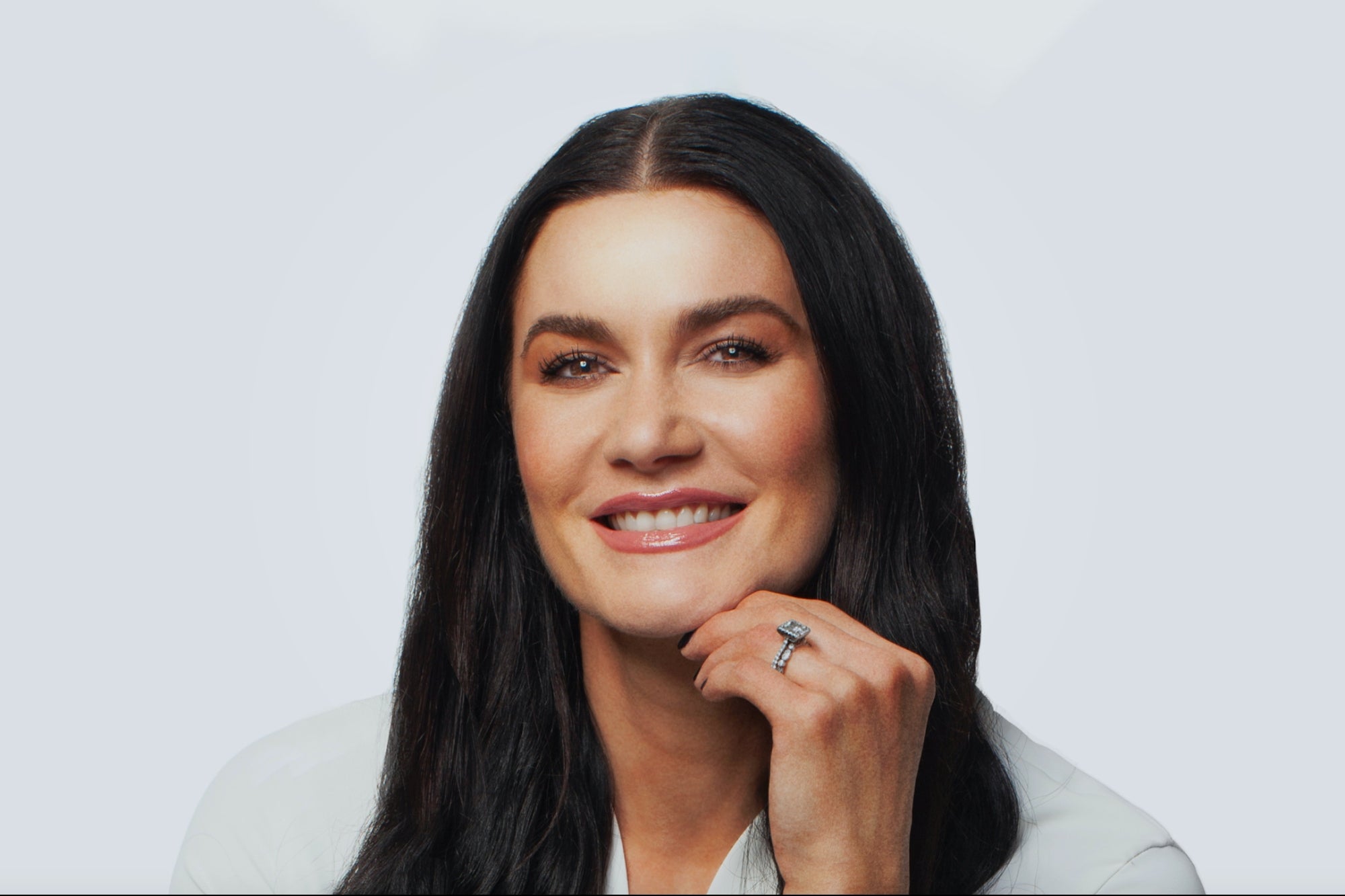The 'Lipstick Effect' Exposes a Surprising Truth About Our Priorities in a Recession. Here's How Businesses Can Cash In. Brinn Garner, chief revenue officer of Orveon, talks the 'lipstick effect' and what companies need to know about selling amid inflation and recession.
By Amanda Breen Edited by Jessica Thomas

Brinn Garner is the current chief revenue officer of Orveon, the company that owns major beauty brands like bareMinerals, BUXOM and Laura Mercier, but 15 years ago, she was working for a different company when she took a late-night phone call that would change the trajectory of her life and career.
Garner was talking to a man she was dating, dressed in pajamas with no makeup on, when she experienced a barrage of doubts. "I was feeling weak and vulnerable," Garner tells Entrepreneur. "What if he doesn't like me? I don't know where this is going."
So Garner decided to take action. She put on bold red lipstick — and regained control.
"Within minutes, the conversation turned," Garner says. "I had the power. I was confident. And at that moment, the power of beauty dawned on me so much more — because that little red lip gave me power and confidence."
Garner ended up marrying the man on the phone; the couple will celebrate their 10th anniversary next November. But that moment was a turning point for Garner, opening her eyes to what she's since dubbed the "lipstick effect": that powerful phenomenon of contagious positivity that so often starts with just a little bit of extra confidence.
Of course, there's another "lipstick effect" on the brain these days, as inflation soars and a recession looms. The term refers to the resiliency of cosmetics sales amid an economic downturn, and it can be traced back to the Great Depression of the 1930s. Cosmetics sales increased from 1929 to 1933 despite U.S. industrial production being cut in half. More recently, former Estée Lauder chairman Leonard Lauder popularized the idea when he observed the same trend in 2001, following the 9/11 attacks on the U.S.
Essentially, many people might not be able to swing big-ticket purchases like a new car or tropical vacation in times of economic decline, but they can afford to treat themselves to high-end lipsticks (or other small luxuries) — so they do.
Related: 7 Recession-Proof Industries to Protect Your Money
"It opened up the market share opportunity and increased the potential of how much makeup could be consumed."
Garner admits that no industry is fully recession-proof, but some, including beauty, are "recession-resilient." "I've been in this industry for 22 years, and it's wild what has changed and what has yet to change," she says. "And I talk pretty openly with my retailers and with my team about how I feel it's evolved and will continue to evolve, even as the world experiences various economic pain points."
Although "July got scary for a second," Garner has noticed a strong August bounceback, which she attributes in part to spikes in travel and back-to-school shopping. (After all, consumers might need to buy a new shade of foundation to match their tans). Despite not being worried about the beauty industry's outlook, Garner emphasizes the need to always stay on top of new developments.
According to Garner, beauty commodities are one of a kind — capable of changing the way a person looks, feels and lives. Today, part of beauty's success stems from just how much consumer education has changed over the decades. Thirty years ago, if a girl wanted to learn how to apply makeup, her mom would likely take her to the department store beauty counter, where a sales associate would tell her which colors to use and send her home with several products, Garner says.
In the years since, particularly the past 10, the digital revolution has completely revamped that old model, Garner explains. The rise of social media and its influencers ensure that beauty education is just a few swipes away, and the breakdown of that barrier means the possibilities are near-limitless.
"All of a sudden, it became really cool, fun, interesting and exciting to learn how to apply and further the art of makeup," Garner says. "Then it opened up the doors for education, which meant that people were more knowledgeable, savvier. They wanted to learn more, so it opened up the market share opportunity and increased the potential of how much makeup could be consumed."
Naturally, that removal of an educational barrier extends beyond beauty, Garner points out. People are generally more aware of the goings-on in the world, she says, including climate and economic crises.
"Now, what I anticipate in the next 10 years is even more openness in the beauty industry, as people become savvier about tech, innovation, ingredients and the importance of all of that transparency," Garner says. "I call it the 'sustainnovation moment.' Because we have to be responsible for showing people how beauty and life can work together."
Related: How UOMA Beauty's Founder Merges Activism and Makeup
"Making education easier and more entertaining is only going to help the customer connect more with the product."
People want to look good and live better, Garner says, and, perhaps more than ever before, they've learned that life is short and it's up to them to make the most of it — that includes being intentional about purchases, especially in a time of economic uncertainty. "So small things matter more," she explains. "If I'm going to spend $20-$30 somewhere, I'm going to educate myself so I can pick what's right for me."
The good news is that even for industries that fall outside the strict scope of beauty, taking a page out of the self-care sellers' playbook can go a long way toward safeguarding sales in the face of a recession.
Not only should businesses give would-be customers as much access to product education as possible, but they should also be mindful of upping the entertainment value of those resources — an absolute must, according to Garner, who was dismayed to find out just how dry they could be when researching power drills for her father's Christmas gift.
"Making education easier and more entertaining is only going to help the customer connect more with the product," Garner says.
Garner also cautions against resting on your laurels, saying, "You can never keep doing more of the same. If we're not trying to constantly evolve and anticipate where the customer is heading, then we're going to get stuck in the past. We have to meet the customers where they are now and where they're going to be in the future."
Don't sleep on tech advancements either, Garner advises, as staying up to date on the latest and greatest will keep the customer experience exciting and innovative — "then there's a ton of potential."
Along with that, be on the lookout for new trends, especially those cropping up in other markets, so you can plan accordingly. For example, Garner's noticed an uptick in live selling in Eastern markets; it's yet to catch on in the U.S., but it's a strong possibility, as "there's a lot of trading between Western to Eastern market trends."
"That's definitely something we need to anticipate," Garner explains. "So we're building a lot of our strategy around being very relevant in the metaverse and finding ways to make live selling easy, digestible and fun for the customer."
Related: 100 Things You Need to Know to Succeed in the Modern Beauty Industry
Beauty products, like most hot commodities, help consumers feel good (no doubt something everyone wants in these stressful and uncertain times). But standing out in today's saturated market requires taking things up a notch, no matter the product or service — that starts with education, and never stops with innovation.









